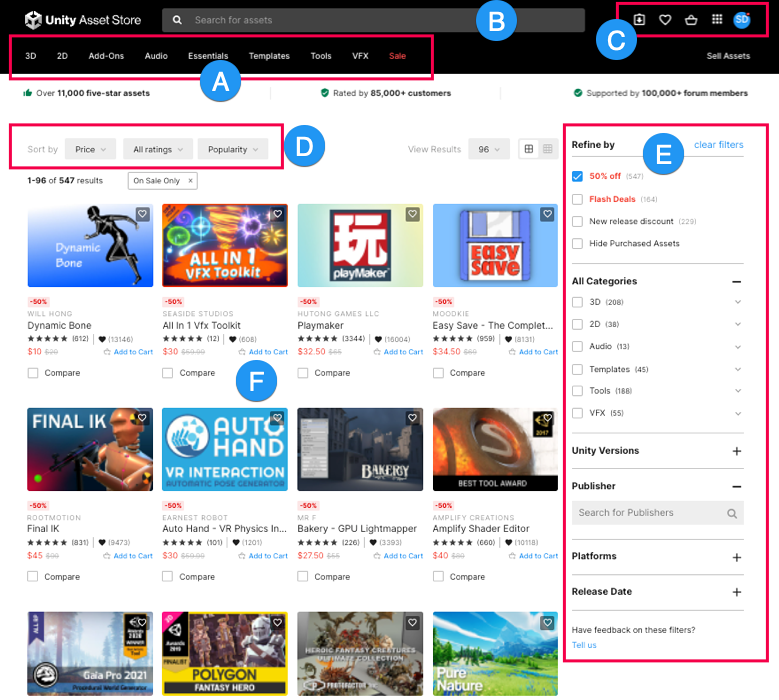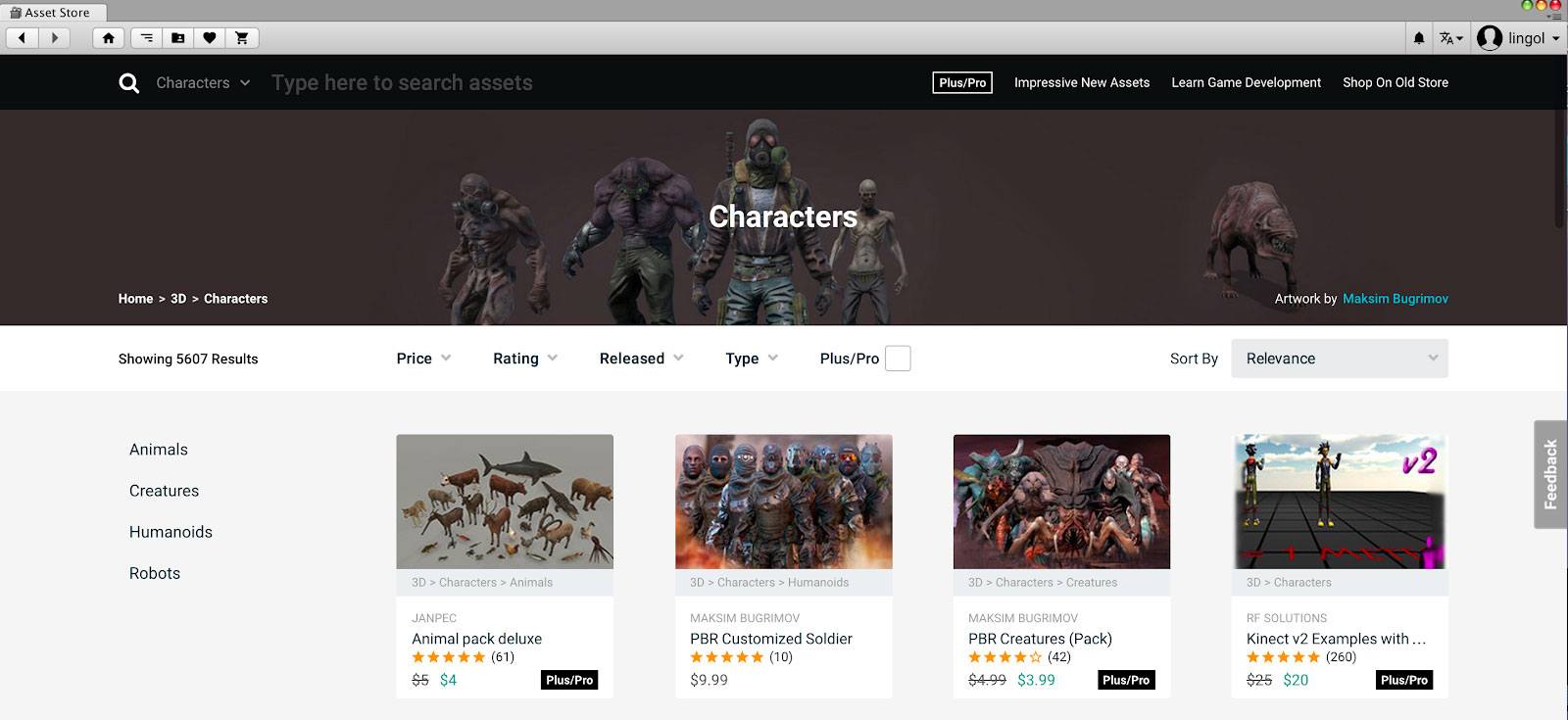

- #How to install unity assets how to#
- #How to install unity assets download#
- #How to install unity assets free#
New file: ProjectSettings/PresetManager.asset New file: ProjectSettings/Physics2DSettings.asset New file: ProjectSettings/NavMeshAreas.asset New file: ProjectSettings/InputManager.asset New file: ProjectSettings/GraphicsSettings.asset New file: ProjectSettings/EditorSettings.asset New file: ProjectSettings/EditorBuildSettings.asset New file: ProjectSettings/DynamicsManager.asset New file: ProjectSettings/ClusterInputManager.asset

New file: ProjectSettings/AudioManager.asset New file: Assets/Scenes/SampleScene.unity
#How to install unity assets download#
If you have curl installed you can download the template directly into your project directory like this: gitignore file for use with Unity projects here That way everyone will have the same “clean” view of the project that excludes all of the transient and local setting files. Once we have created this file, we’ll add it version control so that our team mates can share it. gitignore containing details of the files that should be ignored. We need to tell Git to ignore these files so that they never get considered for version control. Specifically, the Source files in the first category above.Įverything else can either by re-created from the source files or is of no interest to anyone but you. In order to collaborate on your project, your teammates only need a subset of the files from the project directory. Key point: This is one of the most common causes of confusion when setting up a Unity project for use with a version control system. Examples are files in the /UserSettings/ folder. These files contain things like your personal preferences for window layout and the like. These files contain settings that are local to you and your machine. Examples are the asset cache in Library/ and the log files in Logs/ Local settings Typically they don’t contain anything that can’t be created from the source files above. These files are created by Unity as you use it to create and build your project. These directories contain the files that your project is built from.Įxamples of source files are the Scenes, textures, models, source code, etc. These directories contain files falling in to one of three broad categories: Source files We can see that our new project directory contains a bunch of directories that Unity has created for us. Step 4 - Take a look inside your new project Nothing added to commit but untracked files present (use "git add" to track) ➜ unity-meta-file-test git:(master) ✗ git status Run git status to see how git sees our project.git within the project directory to hold the files git needs to version control the project Run git init to add git conifiguration to your project.Open a Command Line Window (PC) or a Terminal (Mac).In modern versions of Unity, these settings are the default, but it is worth checking them if your project originated in an older version of Unity. Asset Serialization Mode set to Force Text.Version Control Mode set to Visible Meta Files.There are two important settings that your Unity project needs to have before you use it with git: Step 2 - Project settings for version control It’s best to avoid spaces and special characters as Unity will create a directory from the project name.Select the path where your new project’s directory will be created.

#How to install unity assets free#
You download it, or alternatively a visual client, hereĪ free account is fine to get started with. We’ll be using the command line client in this tutorial. It is worth getting a recent version of Unity because they have better support for version control. You can download and install different versions of Unity using Unity Hub which is available here. To follow along with this guide you will need the following:
#How to install unity assets how to#
In this how-to guide we show you how to set up a Unity project for version control using GitHub. Step 20 - Move quickly by avoiding mistakes.Step 15 - Cloning a clean copy from GitHub.Step 14 - Push your local changes to GitHub.Step 13 - Connect your local repository to GitHub.Step 12 - Setup SSH keys to access GitHub.Step 11 - Create a repository in GitHub.Commit hash, our commit’s unique identifier.Step 5 - What to commit? What to ignore?.Step 4 - Take a look inside your new project.Step 3 - Initialize the project for git.Step 2 - Project settings for version control.


 0 kommentar(er)
0 kommentar(er)
